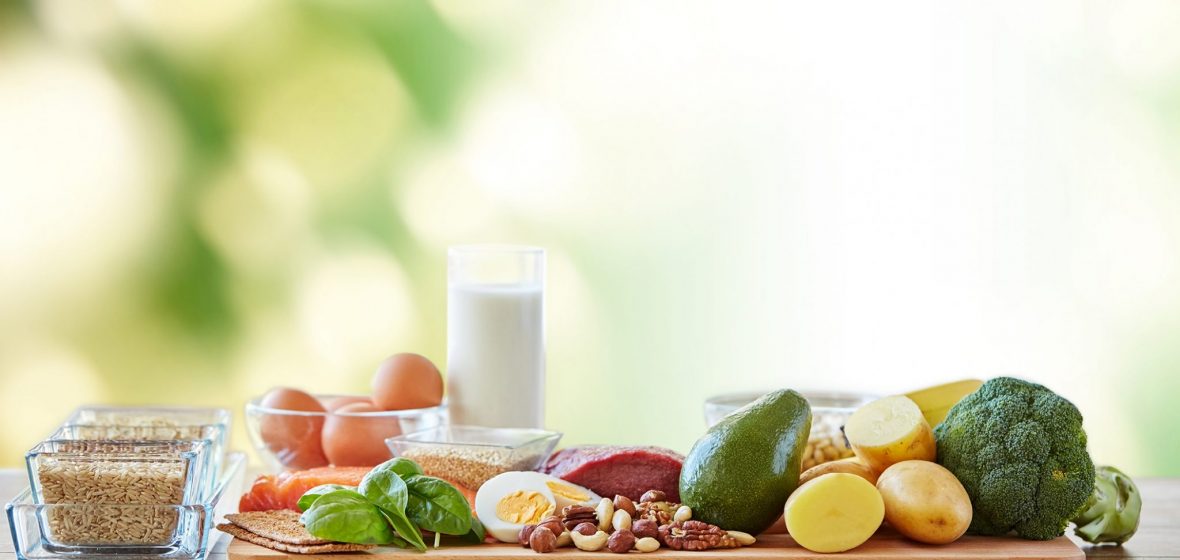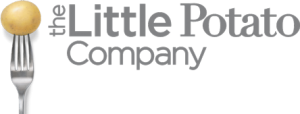Cutting Portions to Cut Food Waste

Uttering the term “portion control” (especially in a month like January) usually conjures up thoughts of dieting and deprivation to lose a few pounds. But the need to practice proper portion control goes beyond squeezing back into your “skinny” jeans, to an issue that is affecting our planet on a global scale—food waste.
In Canada, it is estimated that $31 billion in food each year ends up in composts or landfills.-1 In the United States, the picture is just as grim. Producing food uses up 50% of land in the U.S. and 80% of the fresh water consumed, yet 40% of it goes uneaten.-2
From an environmental standpoint, uneaten food that’s rotting in landfills is one of the largest components of municipal waste. It also accounts for a large portion of methane emissions that contribute to the greenhouse gas effect and increasing levels of CO2 in our atmosphere.-2 But if the health of our planet isn’t enough to convince you, consider the health of your bank account. A study by the Natural Resources Defence Council estimates that the average American family could be wasting between $1,350-$2,275 per year in a household of four.-2
Practicing portion control doesn’t necessarily mean eating less, it means planning, shopping and cooking smarter so that less food ends up in the trash and more money stays in your wallet.
Here are our four tips to practice portion control and reduce food waste in your home.
1. Plan (Better)
Going to the grocery store without a plan is a recipe for disaster when it comes to food waste. Many people struggle to estimate exactly how much food they need to feed themselves or their family, so instead of ‘coming up short,’ they purchase more than they need to. Couple this with store promotions designed to sell you more food, or simply forgetting about that bunch of carrots you have tucked away in your crisper, and you can see how a well-meaning trip to the store can result in more waste than it should.
Planning your meals (not just your grocery list) is a great way to determine the right amount of food and ingredients you need for every meal. Take stock of what you already have in your kitchen, then create a grocery list based on both items you need and the quantities you need them in.
2. Learn Portion Sizes
Portion sizes are a notoriously tricky thing to understand, especially when restaurant portions continue to rise, skewing our understanding of what’s “ideal.”
A standard dinner plate size is nine inches across. With that set, you can now use proportions to understand better how much of each food group you need. Veggies, like Little Potatoes, leafy greens, broccoli, cauliflower, and squash (to name a few) should take up about half of your plate. For the remaining half, one quarter of that should be grains (rice, quinoa, pasta, etc.) and the other one quarter should be your protein source.
3. Buy Better, Not More
Nutrient dense foods may seem like they cost more compared to their cheap, processed counterparts, but in fact, people consume less of them because they are so filling and nourishing!
Shop the perimeter of the store and fill your cart with fibre rich fruits & veggies, Little Potatoes, lean cuts of meat and poultry, legumes, pulses and minimally processed dairy.
4. Batch Cook
It can happen to the best of us—despite having a fridge full of food, a rough day at work, or a hectic social schedule can have us stopping into a restaurant for an impromptu meal or reaching for our phone to order takeout.
Learning to batch cook can be an excellent strategy to cut down on food waste and use up the food you’ve already purchased. In fact, we know that more than half of the consumers who buy Little Potatoes use this approach with our Creamers. Little Potatoes are easy to prep so making the whole bag allows you to think beyond your current meal and have a ready-to-go veggie that can be added to future breakfasts, lunches, dinners, or snacks (music to a time-crunched cook’s ears!). When food is prepped and easy to grab (or add!) its less likely to be wasted.
At The Little Potato Company, we believe that millions of people are either not getting enough food or getting too much of the wrong food. We’re on a mission to change both. Cutting down on food waste helps reduce the amount of perfectly good food that ends up in landfills and can go to feeding more hungry bellies.
If you have more question on food waste or would like to get more cooking tips and healthy recipes, sign up for our monthly newsletter. And join the social media conversation! If you have questions, comments or quips, don’t hesitate to get in touch: info@littlepotatoes.com.
References

Longevity Educator, Registered Holistic Nutritionist (RHN), Real Food Advocate and Endurance Athlete.
Emma Andrews is a Nutritionist (RHN) and Educator from Vancouver, Canada, and passionate about sport performance and longevity. Through her 10+ year career in the natural products industry, Emma has developed a deep understanding of ingredients, and nutritional…
Did you like what you read?
